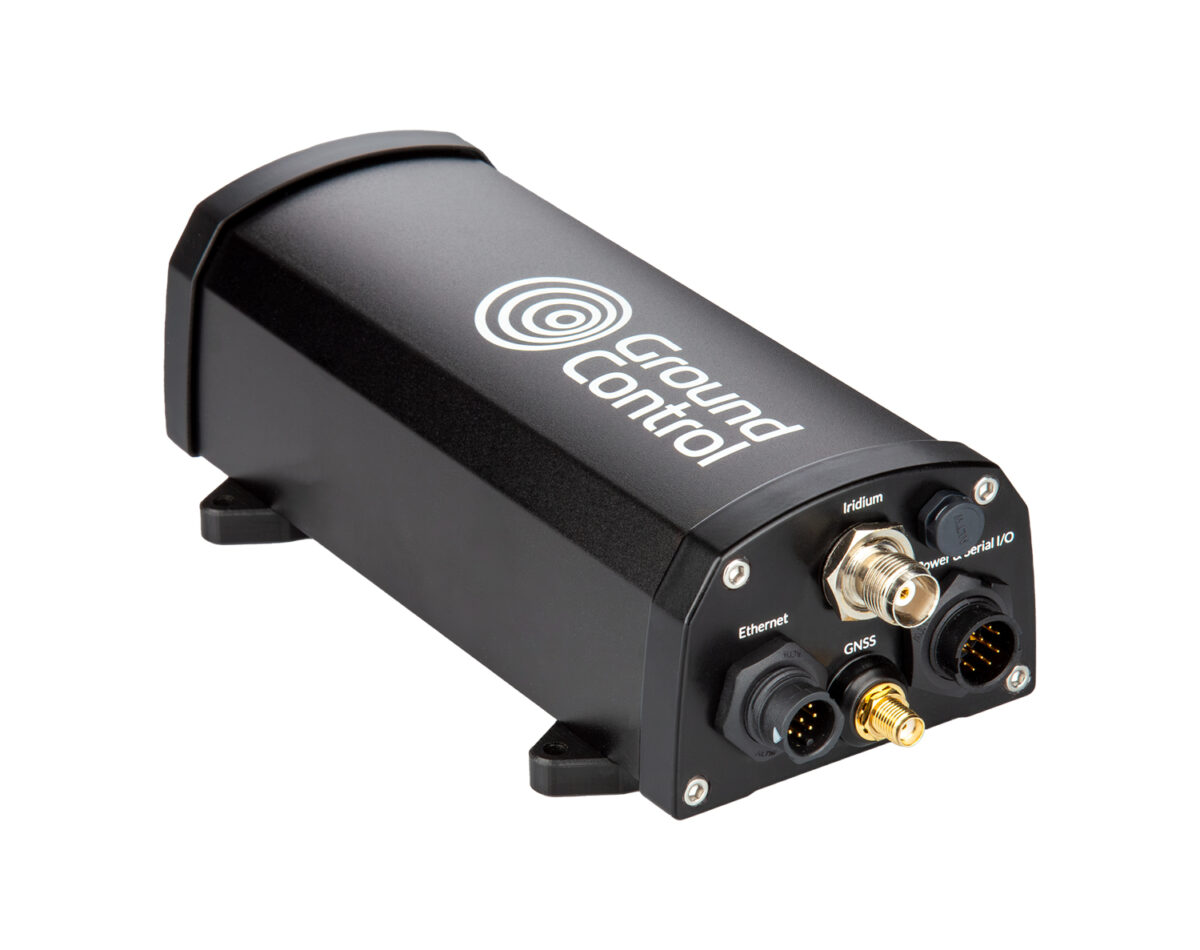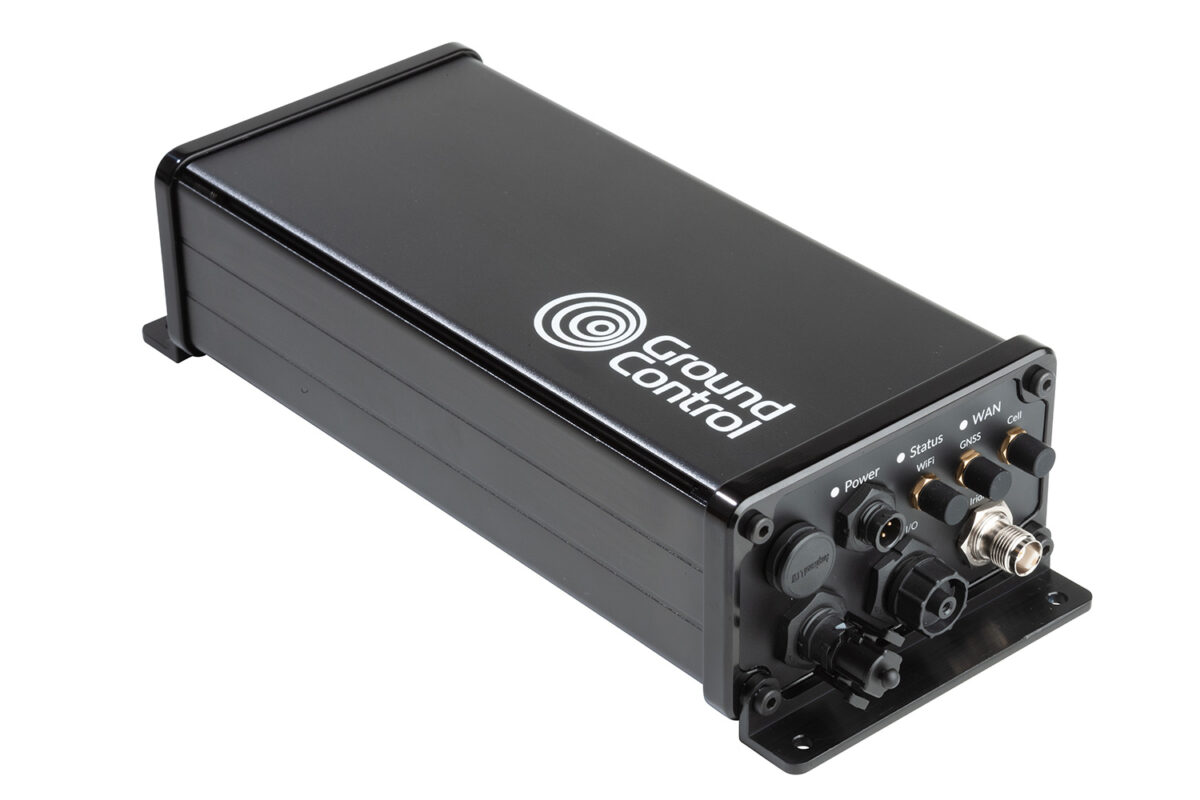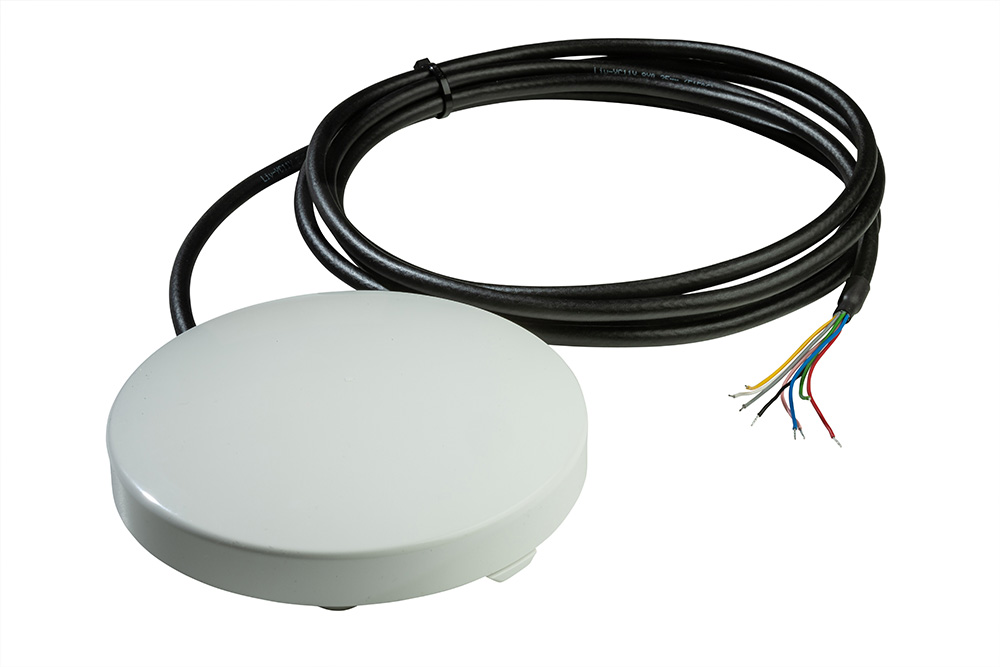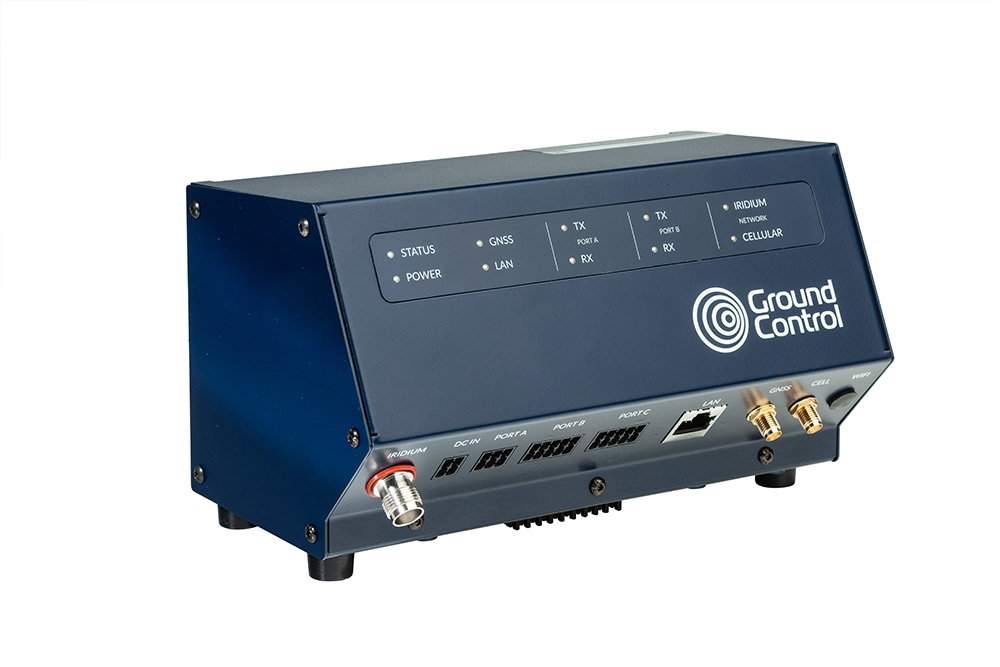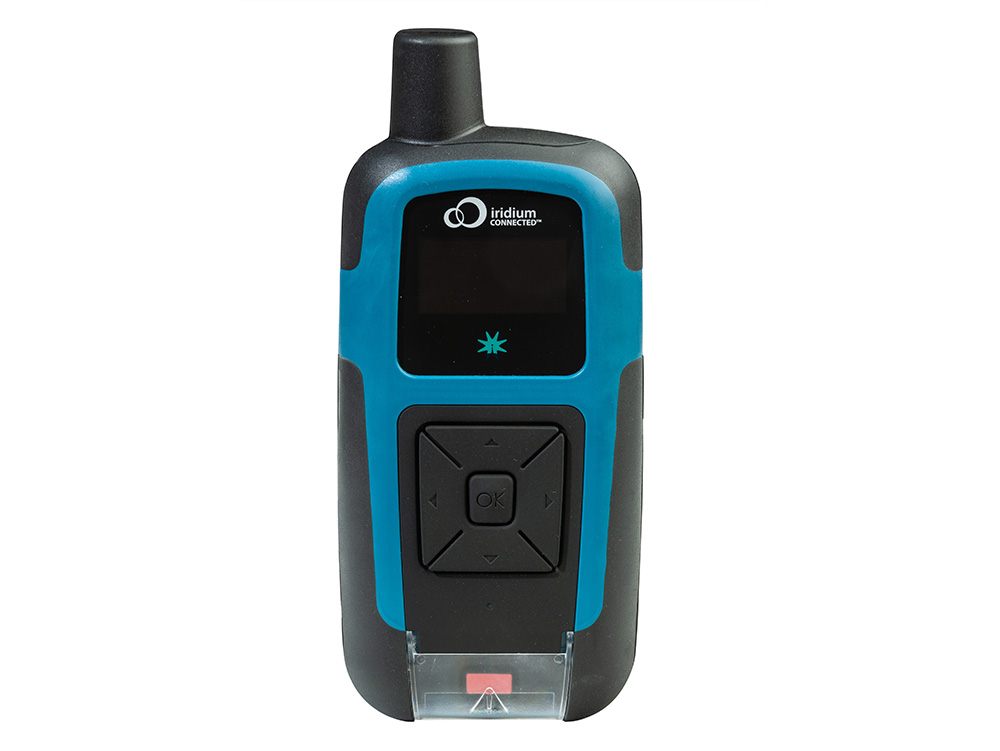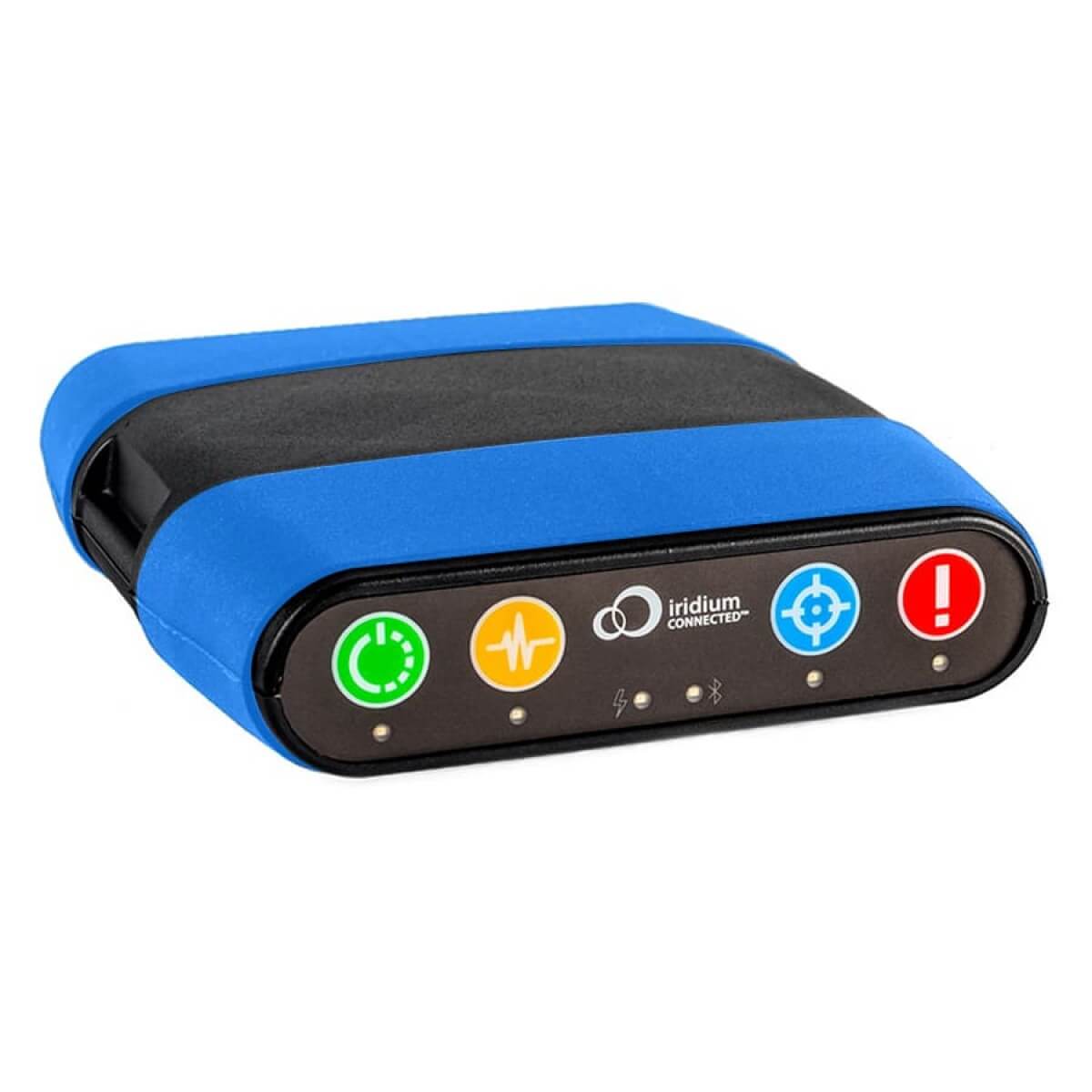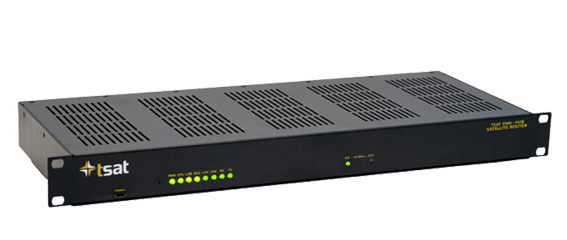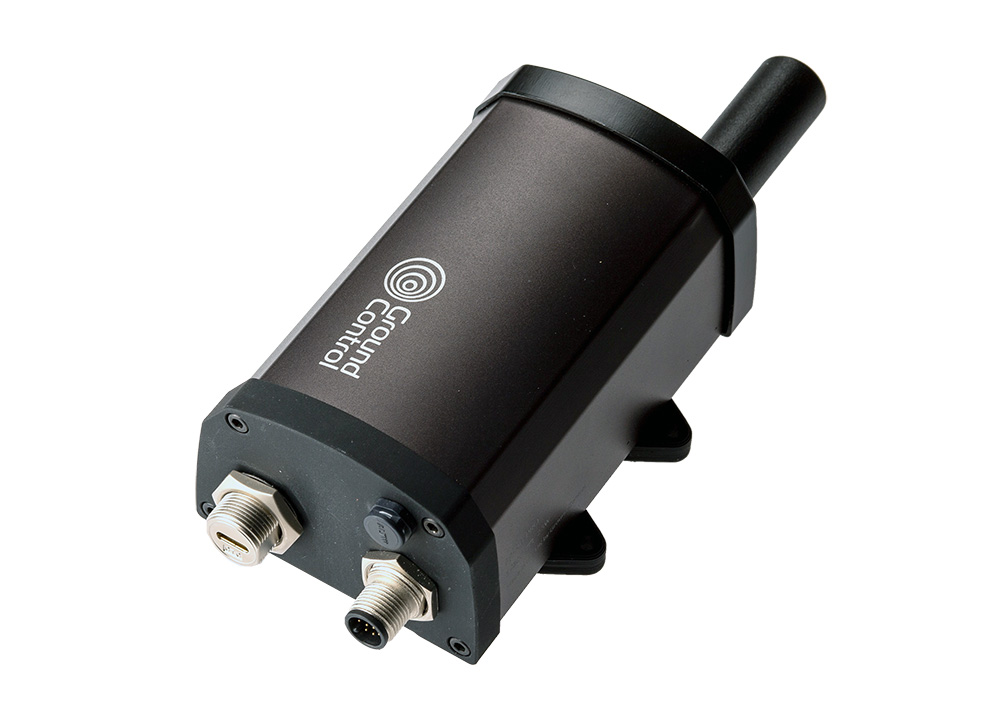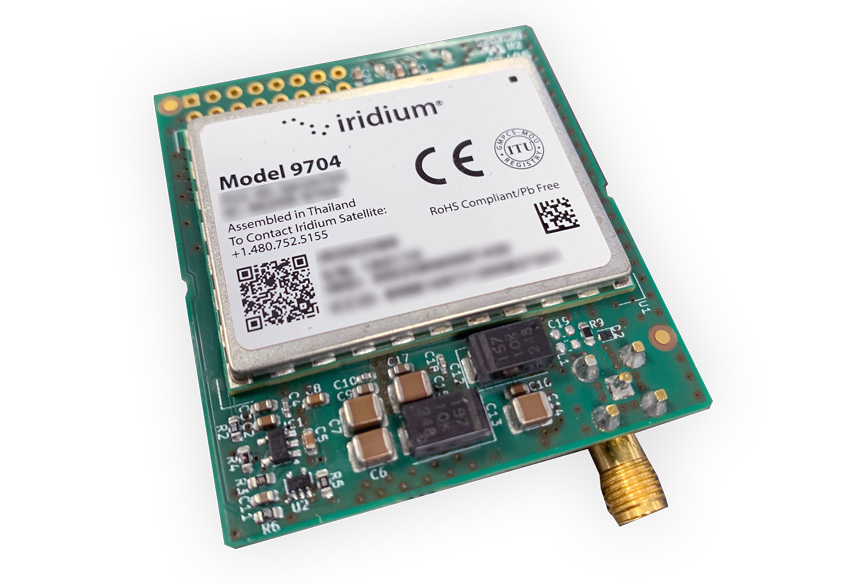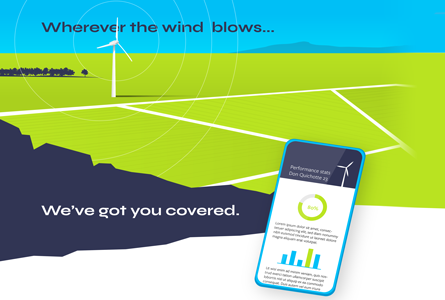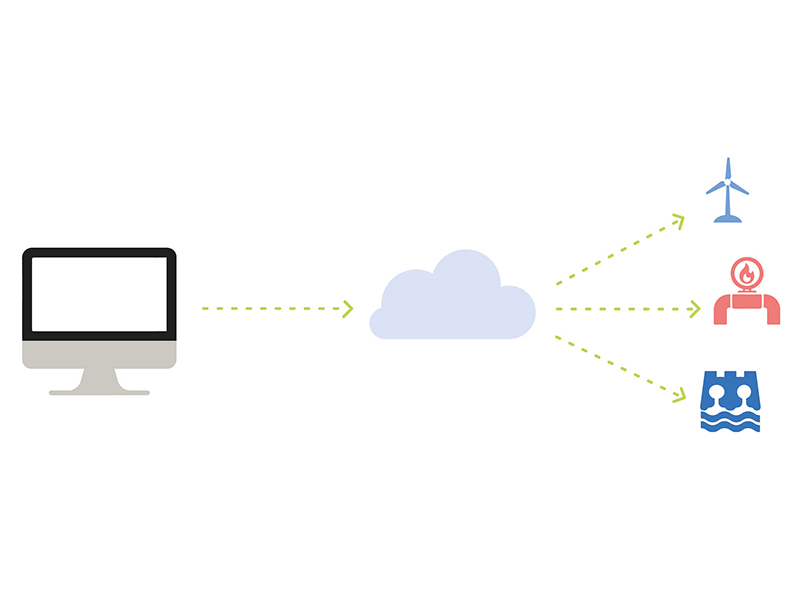Our Services for Renewable Organizations

How We Deliver Renewable Data With Reliable IoT Technologies
FAQs About Satellite IoT in Renewables
Satellite IoT typically incurs higher upfront and per-bit costs than cellular, but Ground Control’s solutions can be more cost effective for remote deployments due to reduced field visits, automated data retrieval, and predictive maintenance features. The Cloudloop platform also enables proactive cost management and diagnostics to significantly reduce field maintenance and overall operational costs for distributed sites.
We offer highly secure, non-Internet-networked options. TSAT provides a private satellite network with data routed via an on-site hub rather than through public satellite ground stations, ensuring complete independence from public internet infrastructure. This greatly reduces the risk of external interference or unauthorized access. Communications are protected with optional AES-256 encryption and authentication mechanisms. This ensures both data privacy and integrity in transit and makes TSAT an ideal solution for secure SCADA/telemetry transfer.
Satellite is extremely reliable. SCADASat by TSAT is engineered for 99.99% availability, and in real-world deployments in utilities, TSAT systems have run uninterrupted for 16+ years. The setup includes redundant satellite links whereby each terminal uses dedicated frequency diversity and separate satellite paths, ensuring outstanding reliability even amid hardware upgrades and environmental challenges.
RockBLOCK Pro is a satellite IoT gateway that utilizes the Iridium 9704 module with Iridium Messaging Transport (IMT). It provides true bi-directional messaging with end-to- cloud latency under 10 seconds. It supports payloads up to 100 KB, combining faster throughput with efficient, low latency telemetry suitable for responsive control. Available in two form factors, it’s IP66 rated and vibration tested, suitable for use in harsh outdoor conditions. It will transmit your IoT data quickly and reliably from anywhere on Earth with a clear view of the sky.
Yes, absolutely. SCADASat by TSAT supports industry protocols, including:
-
DNP3: Fully supported through compliance with the global WITS standard, which includes the widely utilized DNP3 SCADA protocol. This ensures interoperability with standardized utility equipment.
-
IEC-61850: Supporting interoperability between devices from different manufacturers, aligning with the global standard for industrial communication and automation in utilities.
-
IEC 60870-5-101 and IEC 60870-5-104: These legacy SCADA protocols are also supported within SCADASat by TSAT, enabling compatibility with a broad range of existing telemetry systems.
-
Additional Legacy Protocols: SCADASat by TSAT supports other established standards such as WITS, TCP, Modbus RTU/IP/ASCII, RP570, and more, ensuring coverage across both modern and legacy devices.
Overcome Renewable Connectivity Challenges
For accurate data retrieval from remote renewable sites, Ground Control is your go-to solution. Our dependable, 24/7 connectivity ensures seamless data monitoring from anywhere, without interruptions. Plus, we offer hybrid cellular and satellite connectivity tailored to your needs.
Whatever your communication or connectivity challenges, we’re here to help. Contact us today to get started!

